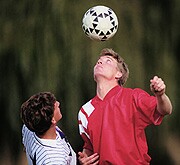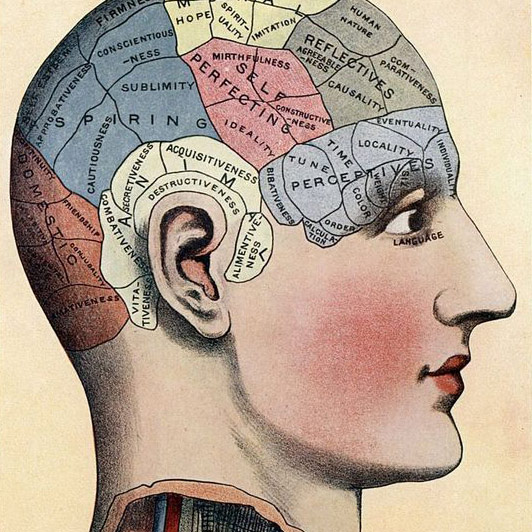
THURSDAY, Nov. 17 (HealthDay News) — Young athletes who routinely take hits to the head could experience brain injury — even if they do not suffer a concussion, according to the results of a new preliminary study.
Researchers from the University of Rochester Medical Center (URMC) said their findings could be a red flag for the potentially serious consequences of seemingly mild head injuries among young people whose brains are still developing.
The study was published in the Nov. 12 online edition of the journal Magnetic Resonance Imaging.
“Although this was a very small study, if confirmed it could have broad implications for youth sports,” the study’s lead author, Dr. Jeffrey Bazarian, associate professor of emergency medicine at URMC with a special interest in sports concussions, said in a university news release. “The challenge is to determine whether a critical number of head hits exists above which this type of brain injury appears, and then to get players and coaches to agree to limit play when an athlete approached that number.”
Researchers followed nine athletes over the course of one year along with six non-athletes and compared their pre- and post-season brains using imaging based on quantitative data.
Although only one of the athletes suffered a sports-related concussion, six others sustained between 26 and 399 routine hits to the head, which resulted in abnormal brain scans. And, the researchers pointed out, the brains of the athletes who took routine hits to the head showed more similarities to the brain of the athlete with the concussion than the brains of the non-athletes. The authors added that the changes picked up on the brain scans were consistent with the athletes’ symptoms and number of head hits they took.
The research showed that the white matter brain changes among the six athletes who sustained many routine hits to the head were three times higher than the non-athletes. The study’s authors noted, however, more research is needed to understand implications of the findings for athletes.
“Our studies are taking important steps toward personalized medicine for traumatic brain injury,” concluded Bazarian. “In the future we’d like to be able to have a baseline image of a brain and clearly know the significance of changes that occur later.”
More information
The American Association of Neurological Surgeons has more about sports-related head injury.

